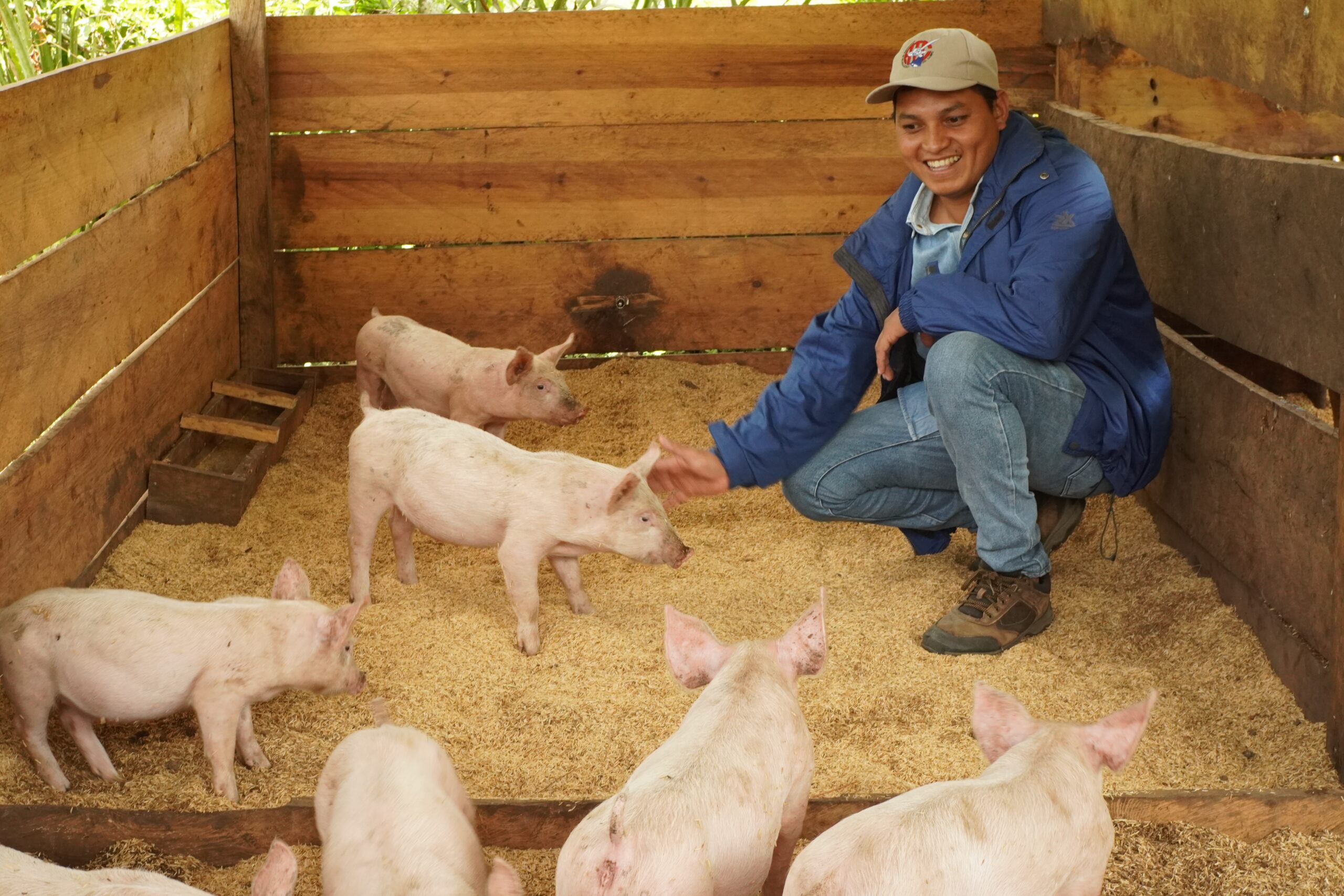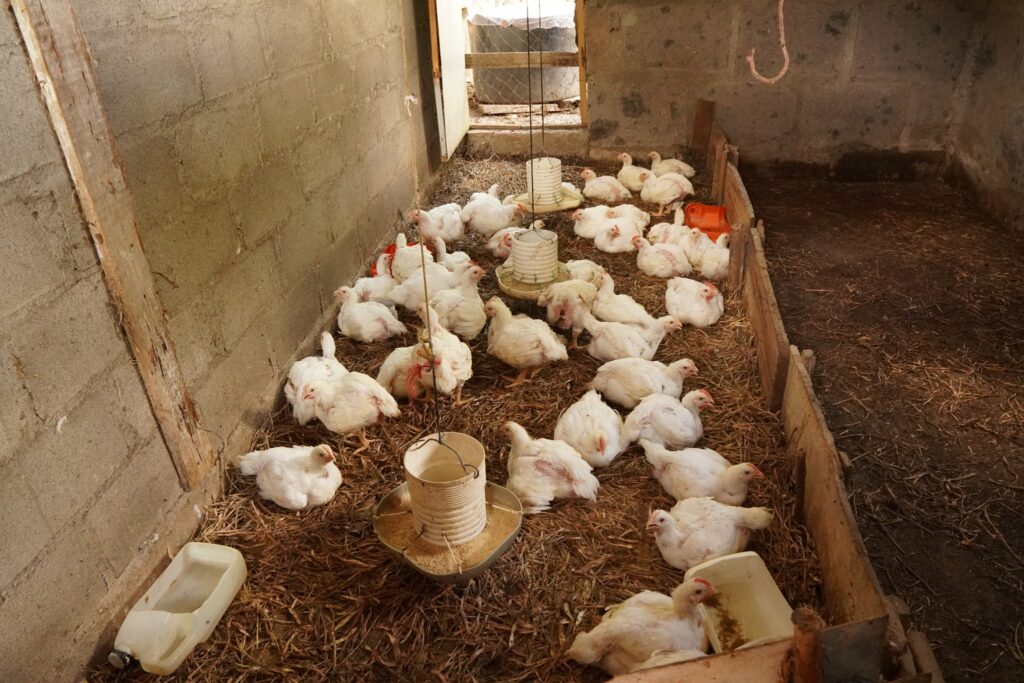
From agroecology dreams to agroecology in practice:examples from Estelí
Winnie Narváez Herrera, who works with the popular education organisation ABACOenRed / FUPECG visited two communities in the Estelí department to learn more about the leading role women small-scale farmers are playing in the transition to agroecology.
Agroecology is often referred to merely as a form of production that does not use commercial chemicals. That is, instead of exterminating “weeds” and insects, it offers them what they like to eat while creating a diverse, self-sustaining ecosystem protecting biodiversity.
However, the global movement of peasants and indigenous peoples, La Via Campesina (LVC), takes a much more holistic approach, stating that “agroecology is highly political” because it is an integral part of social justice.
LVC recognises the dignity of rural labour while fighting against corporate the transnational agribusiness model that uses technical fixes, genetic engineering and agrochemicals, but fails to address the fact that we live on a planet with finite resources.
Instead, agroecology promotes food sovereignty and the protection of Mother Earth through the use of native seeds, bio-inputs and participative ways of organising.
Teachers from the Latin American Institute of Agroecology (IALA) in Nicaragua refer to it as “a transition” because it requires patience to start from basics in a furrow, in a yard.
For the Nicaraguan Rural Workers’ Association (ATC) “territorialising agroecology is a way of decolonising production.” In other words, agroecology is a tool to reconfigure and transform rural spaces, decolonising conventional agriculture through using ancestral farming practices, transforming people’s mindsets, and building commitments to the struggle for land, water and the common good. In other words building agroecology into farming practices through a multiplier effect.
This is happening in Estelí through using the “peasant to peasant” methodology and exchanges within and between organisations.
Estelí is known for tobacco production that generates many jobs and economic dynamism, attracting migration from other Nicaraguan departments. But this municipality is also the home of agroecological dreams being put into practice.
The Cruz family’s plot in La Montañita, a community in Estelí municipality, is an example of one of those dreams that are becoming reality.
Traditionally, pigs have been reared in pens with concrete floors that require extensive cleaning. With technical support from the ATC, the Cruz family has installed a deep bed pig-rearing system using rice husks. This system conserves water, absorbs urine and neutralises odours. It helps maintain cleanliness and the waste is used as fertiliser.
From pigs to dragonfruit, the ATC’s agroecological demonstration farms
Toñito, the owner of the small farm, has planted vegetables: the first sprouts of lettuce, squash, carrots are visible. His dream is for this to become a vegetable market where people can come to select their own vegetables.
Rather than eliminating insects when they start attacking a plant, different species are planted to reduce the pressure on a single crop.
The family is also cultivating dragon fruit using other plants as supports – in this case runner beans – so that they exchange nutrients. Currently they have 100 dragon fruit plants that in three years time will each produce between 30 and 50 dragon annually.
Agroecology on the Cruz family’s plot is characterised by the participation of the whole family and community, learning about the relationship between species, and the impact of these practices on decisions the family takes on food.
Another example of the transition to agroecology is that of María Rugama who lives in the community of Santa Adelaida. When Winnie and a Friends of the ATC delegation visited her, she showed them her plot of land, exclaiming, “I planted all these citrus fruits!”
In many cases it’s women who develop agroecology while the men go out to work in other areas. When it starts to produce results, the men want to be part of it. Learning by example is what is meant by the “transition.”

In a short time, Maria’s family has also planted maize, built a hen house for the rearing of free-range hens, and set up a deep bed system for rearing pigs.
La Montañita is in a dry zone badly effected by the climate crisis so the family has set up a special tank for harvesting water and bio-intensive raised beds for cultivating vegetables such as onions, beetroot and radishes.
This is an edited version of an article by Winnie Narváez Herrera, first published in Spanish and English on Tortillaconsal
- Thank you to the protagonists of this article for their struggle and openness and to the ATC technician Dyonis Melgara for his didactics and commitment.
- This article is a glimpse into the subject of agroecology. There are more agroecology experiences in Estelí, notably the Las Diosas Cooperative. https://coopcoffees.coop/las-diosas/
- Winnie visited the communities with a Friends of the ATC delegation https://friendsatc.org/

